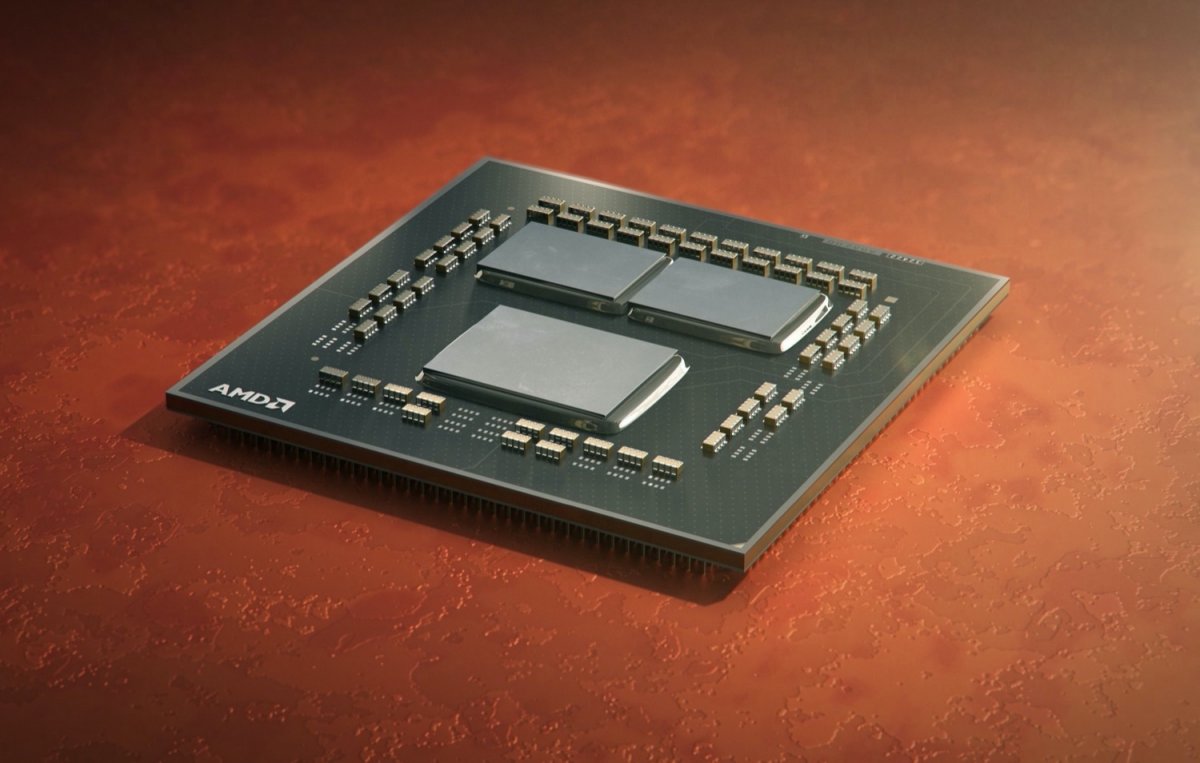AMD Ryzen 5000 processors: Adaptive undervolting tool comes via BIOS update
Source: Heise.de added 24th Nov 2020AMD has the revised overclocking algorithm Precision Boost Overdrive 2 for the recently introduced Ryzen – 5000 – processors announced. The Curve Optimizer contained therein is exciting, which is supposed to “intelligently” reduce the core voltage of the CPUs by using the internal sensors for evaluation, among other things to measure the load, the temperatures and the currents.
Instead of a general offset that always subtracts a given value from the standard voltage, a curve appears. Users can use the Curve Optimizer in 15 Set levels with a saving of 3 to 5 millivolts each, i.e. a minus of a maximum of 0, 09 to 0, 15 volts. Ryzen – 3000 – Processors draw most of the voltage at lower and medium clock frequencies; less at the peak in order to keep the performance as possible.
So-called undervolting can even improve the performance, because no silicon chip is the same and chip manufacturers install voltage cushions. Many processors (and GPUs) also reach their target clock frequencies with reduced voltage. Undervolting reduces the power consumption, which in turn lowers the temperatures and can thus have a positive effect on the clock behavior.
AMD Precision Boost Overdrive 2 with Curve Optimizer (5 images) The Curve Optimizer draws more voltage at lower clock frequencies than at high ones.
(Image: AMD) Ryzen 9 benefits the most According to AMD, the two benefit in particular 16- and 12 – Kerner Ryzen 9 5950 X and Ryzen 9 5800 X from the Curve Optimizer, as the two models often use the thermal design Power (TDP) of 71 watts ( real up to 142 Watt Package Power Tracking, PPT ). A slight voltage reduction could be a Ryzen 9 5900 X up to 10 Get percent more multithreading performance, like Anandtech AMD quotes – on this a small plus for the single threading performance.
Models with fewer cores like the Ryzen 7 5800 X and Ryzen 5 5600 X are most likely to benefit from single-threading performance. In order to increase the effect, the Curve Optimizer can be set to “negative” for each CPU core. Means: Overvolting of individual cores, while all others run with reduced voltage. AMD recommends this for the two cores with the most clock speed, which are marked with a star and a white dot and create a potentially higher boost with more voltage.
As of AGESA 1.1.8.0 in the UEFI-BIOS AMD switches the Curve Optimizer with the upcoming AMD Generic Encapsulated Software Architecture (AGESA) 1.1.8.0 on AM4 mainboards of the 500 he and 400 series free – corresponding BIOS updates should appear from December 2020. An update for the Ryzen Master Tool is to appear next year, which enables the setting in Windows. As always: with adjustments to the voltages, CPUs run outside of their specifications, so that the guarantee is void.
With Ryzen – 3000 – Processors or older models meanwhile Curve Optimizer does not work – according to AMD the CPUs lack the hardware requirements.
(mma)
brands: AMD media: Heise.de keywords: Ryzen Software Windows
Related posts
Notice: Undefined variable: all_related in /var/www/vhosts/rondea.com/httpdocs/wp-content/themes/rondea-2-0/single-article.php on line 88
Notice: Undefined variable: all_related in /var/www/vhosts/rondea.com/httpdocs/wp-content/themes/rondea-2-0/single-article.php on line 88
Related Products
Notice: Undefined variable: all_related in /var/www/vhosts/rondea.com/httpdocs/wp-content/themes/rondea-2-0/single-article.php on line 91
Warning: Invalid argument supplied for foreach() in /var/www/vhosts/rondea.com/httpdocs/wp-content/themes/rondea-2-0/single-article.php on line 91
